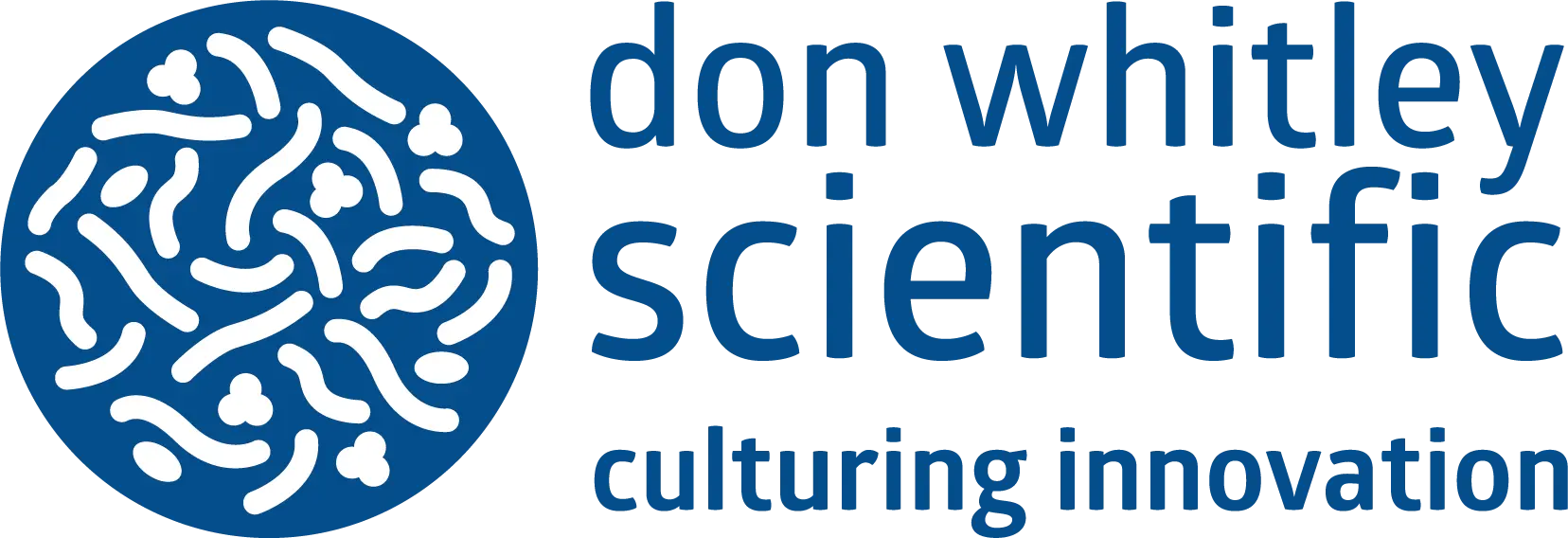
In the United Kingdom, approximately 1.5 million women and individuals assigned female at birth are currently affected by endometriosis [1]. This condition manifests with a range of symptoms, including chronic pelvic pain, fatigue, depression, and infertility, which can contribute to significant social and relationship challenges [1,2]. Despite the high prevalence of endometriosis, delays in diagnosis and treatment [2] highlight the urgent need for research into its underlying aetiology. Endometriosis is classified into three primary types: peritoneal, ovarian, and deep infiltrative, each characterized by the presence of ectopic endometrial tissue in specific anatomical locations.
The exact cause if endometriosis is unknown, but is thought to be multifactorial, including: retrograde menstruation, genetics, lymphatic or circulatory spread, immunodeficiency, metaplasia and the environment [2]. Muraoka et al (2023) conducted a comparative analysis of fibroblasts within the endometrial stroma of patients with and without endometriosis, investigating their potential association with Fusobacterium spp. They firstly identified 10 genes that were upregulated and 3 genes within fibroblasts that were downregulated in endometriosis samples compared to control samples [3]. Notably, the expression of transgelin (TAGLN) proteins, which promote fibroblast proliferation and mobility as well as endometrial cell proliferation via IL-6, was significantly increased in fibroblasts from endometriosis patients [3,4]. TGF-β1, a key growth factor implicated in endometriosis, is known to induce myofibroblast-associated genes, including TAGLN [3,4].
The research team then used fluorescence in situ hybridization (FISH) to detect the presence of bacteria in endometrial samples from both patient sets, finding Fusobacterium spp [3]. in 64.3% of endometrial tissue samples and 52.4% of endometriotic tissue samples of patients with endometriosis, compared to 7.1% in controls [3]. This suggests that Fusobacterium spp. infiltration may lead to the recruitment of macrophages within endometriotic lesions. They observed increased macrophage infiltration, including CD163-positive M2 macrophages known to produce TGF-β1, in the endometrial tissues of endometriosis patients [3].
To further elucidate this relationship, the researchers used a mouse model, inoculating the mice with F. nucleatum. This resulted in a significant increase in TAGLN-positive myofibroblasts and a corresponding increase in the number and weight of endometriotic lesions. The findings of this study suggest a potential therapeutic approach for endometriosis by targeting F. nucleatum infiltration in the endometrium with antibiotic therapies.
Are you working with anaerobic bacteria? Check out our range of Anaerobic and Microaerobic Workstations, suitable for a variety of applications.
Written by DWS Microbiologist, Charlotte Austin
- Endometriosis UK (2024) What is Endometriosis? https://www.endometriosis-uk.org/what-endometriosis
- Senat, H., Grabowska, P., Senat, A., Bolla, P., Madej, A., Marczyńska, Z., & Libracka, K. (2024). Endometriosis: Pathogenesis, diagnosis, treatment and the role of gut microbiota. Journal of Education, Health and Sport, 59, 87–101.
- Muraoka, A., Suzuki, M., Hamaguchi, T., Watanabe, S., Iijima, K., Murofushi, Y., Shinjo, K., Osuka, S., Hariyama, Y., Ito, M., Ohno, K., Kiyono, T., Kyo, S., Iwase, A., Kikkawa, F., Kajiyama, H., & Kondo, Y. (2023). Fusobacterium infection facilitates the development of endometriosis through the phenotypic transition of endometrial fibroblasts. Science translational medicine, 15(700)
- Ghosh, A.; Jaaback, K.; Boulton, A.; Wong-Brown, M.; Raymond, S.; Dutta, P.; Bowden, N.A.; Ghosh, A. (2024) Fusobacterium nucleatum: An Overview of Evidence, Demi-Decadal Trends, and Its Role in Adverse Pregnancy Outcomes and Various Gynecological Diseases, including Cancers. Cells, 13, 717


 au
au


 English
English